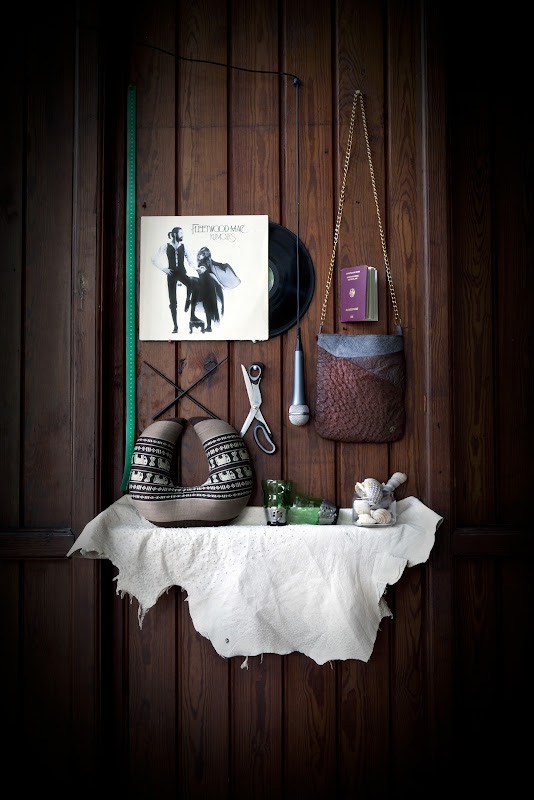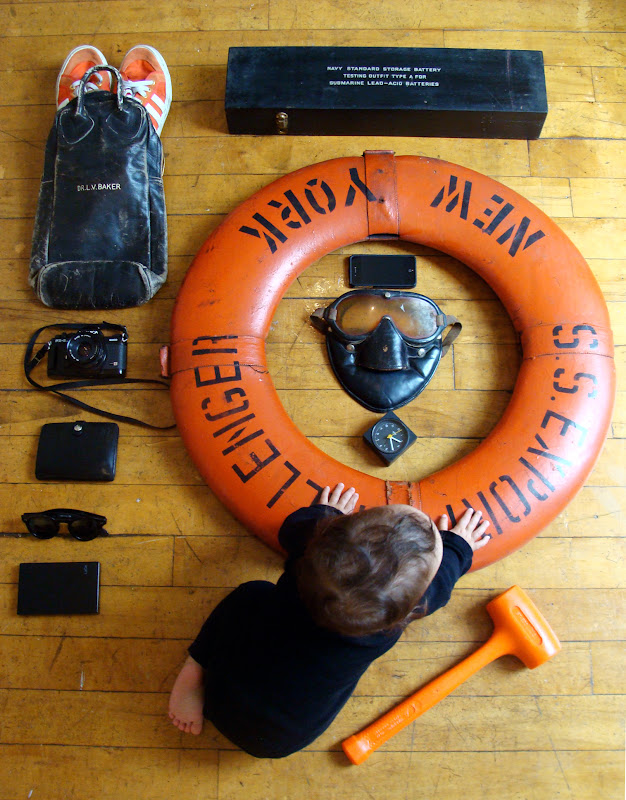Commaful is an interesting web based tool for combining text and images into beautifully visual short stories or poem.
Once you have signed in you can start to create your narrative just by clicking on 'Create a Story' and typing in your text. You can them either search or choose from the images selected and combine the images with the text.
There are lots of artistic images, gifs and video clips to choose from and you can choose how to position the text over the images.
Once your narrative is complete it plays like a presentation that users can click through to read. You can also get a code to embed them into a web or blog page.
The app seems to be particularly popular with teens and there’s a lot of teen type fiction on the themes of romance and or horror stories. Some of the themes can be a bit strong so it’s best to use this only with more mature students.
The app is also social so users can comment on, follow and like each others creations.
I used the app to create an illustration of a poem by Robert Frost - Fire & Ice. This would be nice activity to do with students, either selecting or letting them select a poem to illustrate.
It would also be a nice way to illustrate and publish any short fiction writing that they produce.
You can also use the site to create your own reading comprehension texts or try to find something appropriate that’s already on the site.
Here are some nice examples:
I hope you find Commaful useful and create some great narrative with your students.
You can find links to many more tools like this and activities for the digital classroom in my ebooks at: http://peacheypublications.com/. All my ebooks are available for iOS and as PDF.
Sign up for my twice monthly free newsletter and get a free copy of Digital Tools for Teachers at: https://tinyletter.com/technogogy/
My eBooks:
Best
Nik Peachey
Once you have signed in you can start to create your narrative just by clicking on 'Create a Story' and typing in your text. You can them either search or choose from the images selected and combine the images with the text.
There are lots of artistic images, gifs and video clips to choose from and you can choose how to position the text over the images.
Once your narrative is complete it plays like a presentation that users can click through to read. You can also get a code to embed them into a web or blog page.
The app seems to be particularly popular with teens and there’s a lot of teen type fiction on the themes of romance and or horror stories. Some of the themes can be a bit strong so it’s best to use this only with more mature students.
The app is also social so users can comment on, follow and like each others creations.
I used the app to create an illustration of a poem by Robert Frost - Fire & Ice. This would be nice activity to do with students, either selecting or letting them select a poem to illustrate.
You can also use the site to create your own reading comprehension texts or try to find something appropriate that’s already on the site.
Here are some nice examples:
I hope you find Commaful useful and create some great narrative with your students.
You can find links to many more tools like this and activities for the digital classroom in my ebooks at: http://peacheypublications.com/. All my ebooks are available for iOS and as PDF.
Sign up for my twice monthly free newsletter and get a free copy of Digital Tools for Teachers at: https://tinyletter.com/technogogy/
My eBooks:
- 20 Tech Enhanced Activities for the Language Classroom
- Digital Tools for Teachers
- Thinking Critically through Digital Media
- Exploiting Infographics
- 10 Lessons in Digital Literacy
- Digital Video – A Manual for Language Teachers
Best
Nik Peachey














































